Transforming the HR department is far more difficult than people generally anticipate. Making change happen involves two challenges: identifying in a logical way what should happen (this is the content of the transformation), and turning that content into what actually happens (this is the process of the transformation). In this post, we’ll help you tackle these challenges to complete the final leg in your HR Transformation journey.
Table of Contents
- What Should Happen: Milestones, Activities, and Outcomes
1.1. Phase 1: Business Context
1.2. Phase 2: Outcomes
1.3. Phase 3: HR Redesign
1.4. Phase 4: HR Accountability - Turning What Should Happen into What Does Happen
2.1. Leading Change
2.2. Creating a Shared Need
2.3. Shaping a Vision
2.4. Engaging Others
2.5. Making Decisions
2.6. Institutionalizing - Integrating HR Work
- Changing the Culture
4.1. Monitoring and Learning - Conclusion
1. What Should Happen: Milestones, Activities, and Outcomes
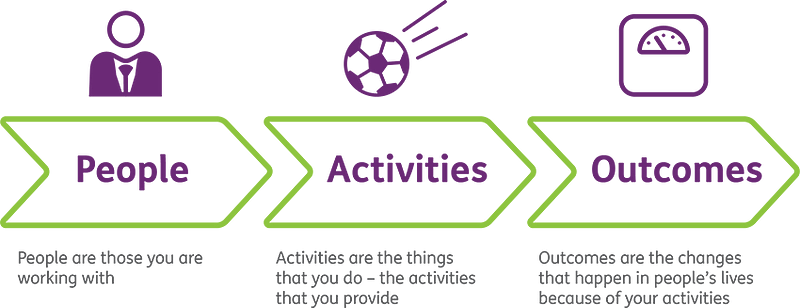
In any transformation, the pieces come together in milestones, activities, and outcomes. Milestones represent what should be done; activities define how it is done, and outcomes monitor how to tell if it has been done well. The milestones are presented in a linear way, but they are unlikely to happen strictly sequentially. The timing of the transformation may differ according to your culture. But when you understand and adapt the 13 milestones, you will be more successful in your transformation.
1.1. Phase 1: Business Context
Milestone 1: Formally acknowledge that an HR transformation initiative would be of value.
- Activity – The CHRO determines that the timing is right for an HR transformation by affirming that business conditions are conducive to it, that HR could offer more value to the company, and that senior line leaders would be supportive of the effort.
- Outcome – CHRO becomes a sponsor and initial champion of the HR transformation. Line managers understand the rationale and benefit for the transformation and how it will respond to business conditions and are at least initially supportive.
- Tools –
1. HR Transformation Readiness Assessment
2. Preparing for HR Transformation Video
3. HR Transformation Jumpstart Methods
Milestone 2: Create a transformation team.
- Activity – The CHRO forms, with the support of the senior leaders of the organization, an HR transformation team. This team should include a broad spectrum of HR leaders and professionals as well as representatives from line management. The team should also be attuned to the voice of the customer and investor either directly
- Outcome – An HR transformation team is formed with a clear charter for promoting the HR transformation. The team is sponsored by line managers and recognized throughout the organization as credible and viable.
- Tools –
1. Building an HR Transformation Team (internal)
2. Building an HR Transformation Team (external)
Milestone 3: Define, assess, and prioritize the new business realities that require HR transformation and change.
- Activity – Under the direction of the HR transformation team, an assessment is made of the business realities facing the organization. Information about these business realities may come from interviews with managers and staff specialists inside the company, from interviews with industry leaders outside the company, and from business data
- Outcome – A clear statement of business realities is articulated that helps people know why the transformation is occurring and how key stakeholders will benefit from the effort.
- Tools –
1. Stakeholder Analysis Worksheet
2. External Environment Video
Milestone 4: Complete and communicate the business case for doing HR transformation.
- Activity – The HR transformation team prepares a business case for transformation, defining what an HR transformation is, explaining why the transformation should happen, and laying out a road map for doing the transformation.
- Outcome – Key participants in the HR transformation (business leaders, HR professionals, and employees) understand why HR transformation is a timely activity.
- Tools –
1. Business Case Worksheet
2. HR Transformation Business Case Video
1.2. Phase 2: Outcomes

Milestone 5: Do an organizational capabilities audit to identify the top two to four capabilities required by the business strategy.
- Activity – For the organizational unit where the HR transformation is occurring, perform an organizational capabilities audit. Prepare a list of possible capabilities and phrase them in terms relevant to your business.
- Outcome – The organizational capabilities are identified and shared.
- Tools –
3.1 Organizational Capabilities Video
3.2 Organizational Capability Assessment
Milestone 6: Operationalize the key capabilities and state them as the outcomes of HR transformation.
- Activity – Turn the capabilities identified at Milestone 5 (in the capability audit) into specific measures that can be monitored and tracked. These measures can be created by brainstorming what indicators will show whether these capabilities are accomplished.
- Outcomes – The deliverables of the transformation are turned into a scorecard. Everyone knows what the results of the transformation should be.
- Tools – Operationalizing Your Capabilities Video
Milestone 7 – Show how the accomplishment of these capabilities will benefit employees, line managers, customers, investors, communities, and other stakeholders.
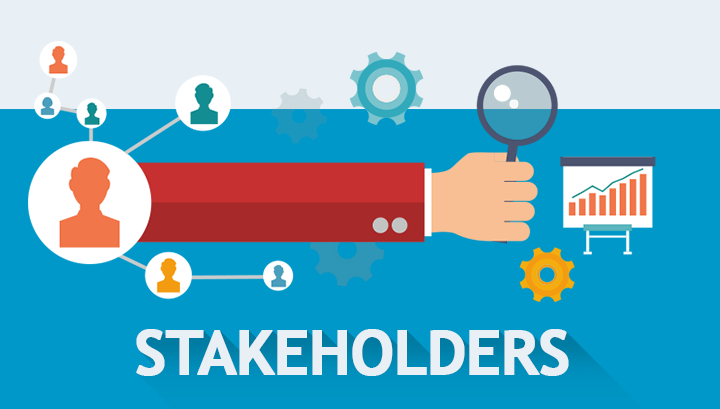
- Activity – Each of the key stakeholders who would be affected by the HR transformation is identified. This milestone can occur by having a subgroup of the HR transformation team gather information about the current and potential relationship of each stakeholder to the organization.
- Outcome – An HR transformation stakeholder map can be prepared that shows the value of the HR transformation for each stakeholder.
- Tools – Mapping Capabilities to Stakeholders.
1.3. Phase 3: HR Redesign
Milestone 8: Create an HR strategy statement: who we are, what we do, and why we do it.
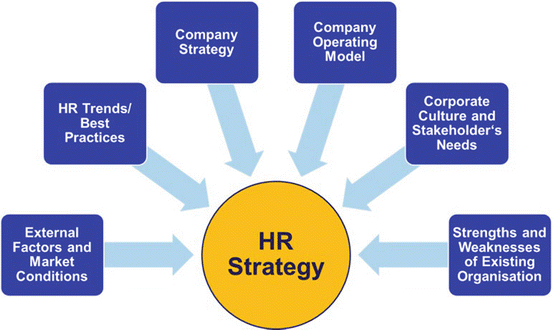
- Activity – Work with your senior HR team, involving other key stakeholders, to build an HR strategy statement, this statement should answer these questions:
- Who are we? (Your statement of your identity and reputation as an HR department.)
- What do we deliver? (Your summary of the work that you perform as an HR department.)
- Why do we do it? (Your definition of the outcomes of your HR work with a focus on the key capabilities that are required for business success.)
- Outcome – Those inside and outside the HR community will understand the strategy of the HR department.
- Tools –
1. HR Strategy Statement Worksheet
2. Drafting a Powerful HR Strategy Video
Milestone 9: Shape the HR organization with clear accountabilities for centers of expertise, embedded HR, operational HR, shared services, and corporate.
- Activity – Create a clear focus on strategic work and transactional work. The way your HR department is organized assigns accountabilities and shapes how HR work is done.
- Outcome – The HR department has an organization chart with positions and reporting relationships defined and a charter for how the HR department will work together to meet the needs of its stakeholders.
- Tools – Strategic vs. Transactional Work Video
Milestone 10: Audit HR practices to prioritize those that will align with strategy, integrate with each other, and be innovative.

- Activity – Auditing HR practices help prioritize where to invest money, time, and people to deliver the most value.
- Outcome – You will be able to clearly articulate which HR practices you should invest in to deliver value. This creates a blueprint for where to prioritize HR work.
- Tools –
1. The Six Bs Overview
2. Strategy Assessment Worksheet
3. Transforming HR Practices Video
Milestone 11: Define what makes an effective HR professional in terms of role, competencies, and activities.
- Activity – Upgrading your HR professionals will ultimately determine the success of your transformation. Under the direction of the HR transformation team, you might form a project team charged to create a competency model for HR professionals.
- Outcome – You will have a standard for what makes an HR professional effective that results in a competency model for HR professionals.
- Tools –
1. HR Competencies Overview
2. HR Competencies Research Summary
3. HR Competencies Assessments
Milestone 12 – Assess and invest in HR professionals to make sure they have the abilities to deliver on the transformation.
- Activity – Using your organization’s HR competency model, you can assess your HR professionals on the extent to which they do or do not demonstrate these competencies. Doing 360-degree reviews for HR helps all your HR professionals assess their strengths and weaknesses.
- Outcome – HR professionals will all know what is expected to be effective on the job, will learn how well they measure up against those expectations and will be able to prepare a personal development plan for how to improve.
- Tools – Strategic HR Professional Development Video
1.4. Phase 4: HR Accountability
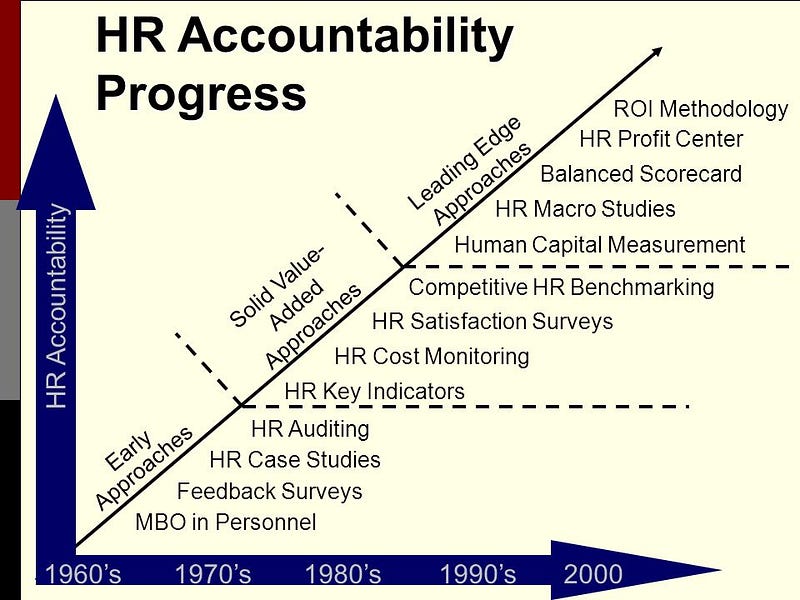
Milestone 13 – Make sure that the transformation team is staffed by the right mix of people and engaged in the right activities.
- Activity – At the beginning of your HR transformation, you form a transformation team to direct and oversee the transformation. This team has an ongoing responsibility to make sure that the transformation proceeds in a timely and coherent way.
- Outcome – A high-performing HR transformation team will make sure that the transformation makes progress.
- Tools –
1. HR Transformation Milestones Checklist
2. Pilot’s Checklist
3. Accountability and Change Video
2. Turning What Should Happen into What Does Happen
The logical milestones are a blueprint for how to proceed with your HR transformation. Now it becomes important to make the blueprint come to life. A major challenge of any change effort is to turn what clearly should be done into what is actually done. When the HR transformation team is formed, it might do a change profile to plot where it needs to dedicate more time and attention. This change audit responds to seven diagnostic questions, each rated on a 0–10 scale.
2.1. Leading Change

Leaders of any change sponsor, champion, and model the change. They sponsor the change by making it a priority, by allocating resources to it, and by tracking it to make sure it is on target. The sponsors of the HR transformation will probably be the CHRO and members of the executive team who see HR transformation as critical to business success.
A champion is the leader of the transformation who has primary accountability for moving it forward, dedicates a sizable portion of time to it, and governs its day-to-day activities. For HR transformation, leaders inside and outside HR need to encourage innovative ideas, to be open to changing their behavior, and to be willing to make investments to make HR transformation succeed.
2.2. Creating a Shared Need
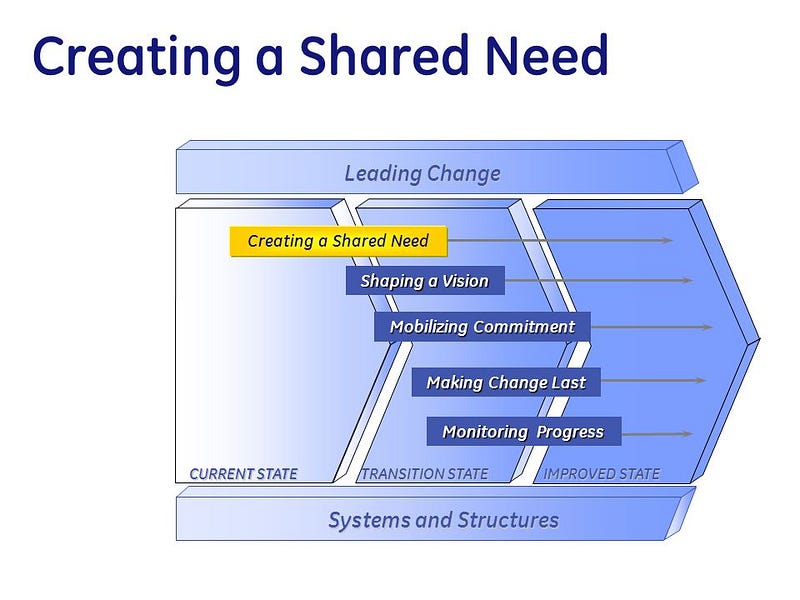
Change does not happen until the need for change is greater than the resistance to change. Almost any change is uncomfortable, requiring growth, learning, and experimenting with new behaviors.
The HR transformation team should maintain both dissatisfactions with HR’s present situation and a compelling vision of a better future for HR’s contribution.
The trick to maintaining productive dissonance, however, is not in identifying every area of failure or unmet expectations. It is in choosing the examples that support the most pressing areas of improvement and then using that information to maintain an imperative for change that fluctuates in response to the HR organization’s resources for changing.
2.3. Shaping a Vision
It is too easy and too common for the transformation team to focus only on HR structure and HR practices. It is important for the transformation team to pay attention to the outcomes of Phase 1 (why do transformation) and Phase 2 (outcomes of the transformation).
When these outcomes are continually emphasized, the required details of changing HR organization, practices, and people can continue to be successfully rooted in fundamental purposes. When the inevitable debates occur about what should be done to further the transformation, a return to these basic purposes will generally provide direction.
To resolve this debate, the transformation team returned to the business conditions, which highlighted mature markets, aging products, and the importance of building innovation as a primary corporate capability.
2.4. Engaging Others
In any change effort, about 20 percent of employees are supportive and willing to change; 20 percent are laggards who will resist and are unlikely to change no matter what the sponsor does, and 60 percent can be convinced to change.
In HR transformation, it is important to recognize the stakeholders who will be affected by the transformation, including line managers, HR leaders at the top of the HR organization, HR staff throughout the organization, and other employees.
Involving representatives of these groups can be done directly as they participate in transformation discussions and decisions. It can also be done indirectly, by making sure that their concerns and ideas are represented in discussions. By involving key stakeholders, either in the presence or in essence, you can help increase their engagement with the process.
2.5. Making Decisions
For the HR transformation to be effective, a series of decisions need to be made. There are five rules that form a decision protocol and help move any change effort forward. These five rules can be applied by the transformation team to make progress in a disciplined way.
- Ensure clarity about what decisions need to be made.
- Assign someone to be responsible for making the decision.
- Make sure that there is a public deadline for when the decision will be made.
- Create a process to make the decision (right people, right rigor, and so forth).
- Track and monitor the decision to follow up.
2.6. Institutionalizing
Institutionalizing HR transformation requires embedding the transformation into the organization so that it lasts over time by integrating the HR work streams and building it into the culture.
3. Integrating HR Work

Department structures, practices, and people should be addressed in parallel, not in sequence. Managing the integration among changes to people, practices, and department will likely take a lot of time and directed effort early in the transformation.
The HR Transformation team has to look at the current state of the overall HR department through the lens of the initiative’s desired outcomes and identify what should be changed and how — and then ensure that HR processes, structures, and people are integrated and aligned.
4. Changing the Culture
Our definition of culture is the pattern of activities inside a company that reflect external customer and investor expectations. In practice, it is easy to focus on events and activities, not patterns. To create lasting change, however, it is essential to focus less on the event or activity and more on the series of activities.
In your HR transformation, address the initiative not as a one-time event or even a series of related events but as a new pattern of behavior that is the embodiment of a new pattern of thinking. Creating new patterns happens when the activities involved are assimilated into the way work is done. A new pattern means that a new culture is created.
The changes HR employees and organizations make inside can and should be clearly and directly linked to the expectations of customers and investors.
4.1. Monitoring and Learning
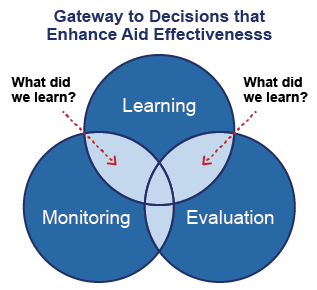
Any transformation requires measurement of progress that enables you to
see what is and what is not working. HR leaders need to identify and measure leading indicators so they can identify early signs of success or failure and implement learning mechanisms that will allow the function to identify what worked well and what didn’t, investigate why, and create changes to ensure improved future performance.
Leaders committed to continuous monitoring gather information about what worked and what did not, track both quantitative and qualitative data from multiple sources, and identify trends and themes from the data.
The HR transformation will begin to have sustained successes that can be celebrated both inside and outside the HR department, appreciating successes and learning from failures.
5. Conclusion
The milestones for the HR transformation are much more likely to be accomplished. As these milestones occur, HR professionals, become full partners in helping a business move forward. HR can help organizations get the maximum value from their people and their organization while ensuring they treat them as individuals with unique needs, aspirations, and dreams.
Reference
https://epdf.pub/hr-transformation-building-human-resources-from-the-outside-in.html
DAVE ULRICH, JUSTIN ALLEN, WAYNE BROCKBANK, JON YOUNGER MARK NYMAN
#HRTransformation Series
- Introduction to HR Transformation — Chapter 1
- Why do HR Transformation? – Chapter 2
- What are the Outcomes of HR Transformation? – Chapter 3
- Redesigning the HR Department – Chapter 4
- How to do HR Transformation – Chapter 5
- Upgrade HR Professionals – Chapter 6
- Sharing Accountability for HR Transformation – Chapter 7
- Making HR Transformation a Success – Chapter 8






2 Comments
PingbackShare Accountability for the Transformation - Chapter 7 | Digidesk Blog
debora M
7:41 am . November 19, 2019
Thanks for sharing this valuable information with us, it is really helpful article!